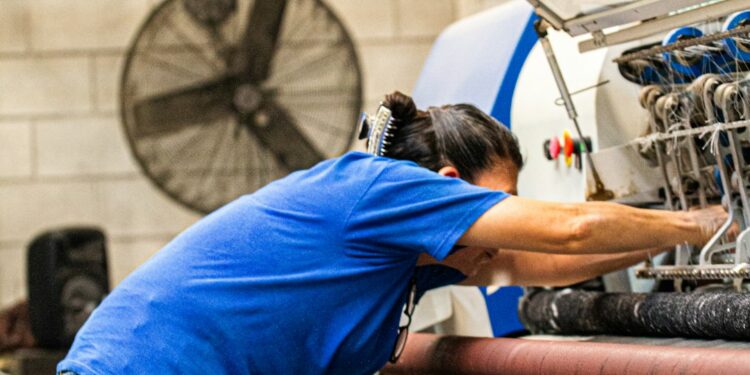Kaizen, a Japanese term that translates to “continuous improvement,” has become a popular concept in the manufacturing industry. This philosophy emphasizes the importance of making small, incremental changes to improve processes and increase efficiency. By implementing Kaizen principles, manufacturers can streamline operations, reduce waste, and ultimately enhance their bottom line. In this blog post, we will explore the basics of Kaizen in manufacturing and discuss how companies can apply this approach to drive success in their operations.
One of the key principles of Kaizen is the belief that every employee plays a role in improving the manufacturing process. By involving all team members in the continuous improvement process, companies can tap into the collective knowledge and expertise of their workforce to identify areas for enhancement. This collaborative approach fosters a culture of continuous improvement within the organization and empowers employees to take ownership of improving processes within their own work areas.
Another fundamental aspect of Kaizen is the focus on making small, incremental changes rather than large, sweeping overhauls. By breaking down improvements into manageable, bite-sized chunks, companies can avoid overwhelming their employees and create a culture of continuous improvement that is sustainable over the long term. These small changes, when implemented consistently over time, can add up to significant improvements in efficiency, quality, and profitability.
Kaizen also emphasizes the importance of data-driven decision-making. By collecting and analyzing data on key performance indicators, manufacturers can identify trends, patterns, and areas for improvement within their operations. This data-driven approach enables companies to make informed decisions about where to focus their improvement efforts and provides a benchmark for measuring progress over time.
In addition to the principles outlined above, there are several key tools and techniques that companies can use to implement Kaizen in their manufacturing operations. One of the most commonly used tools is the Kaizen event, which is a focused, short-term initiative aimed at improving a specific process or area within the organization. These events typically bring together cross-functional teams of employees to identify opportunities for improvement, implement changes, and measure the impact of their efforts.
Another important tool in the Kaizen toolkit is the 5S methodology, which is a systematic approach to organizing the workplace for maximum efficiency and effectiveness. The 5S methodology consists of five key steps: Sort, Set in order, Shine, Standardize, and Sustain. By following these steps, companies can create a clean, organized work environment that promotes safety, efficiency, and productivity.
Beyond these specific tools and techniques, there are several other key elements of a successful Kaizen implementation. These include strong leadership support, clear communication of goals and objectives, and a commitment to ongoing training and development for employees. By creating a supportive environment that values continuous improvement and empowers employees to take ownership of their work, companies can create a culture of excellence that drives success in their manufacturing operations.
In conclusion, Kaizen is a powerful philosophy that can help manufacturers improve their processes, reduce waste, and increase efficiency. By focusing on making small, incremental changes, involving all employees in the improvement process, and using data-driven decision-making, companies can create a culture of continuous improvement that drives success in their operations. By implementing the tools and techniques of Kaizen, companies can streamline their operations, increase quality, and ultimately achieve their business goals.













